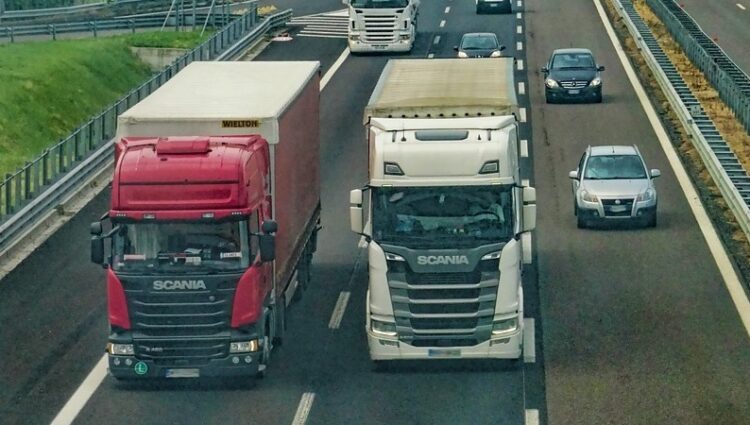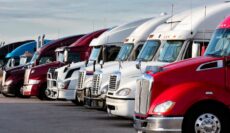Benefits of FTL Trucking
Better Speed
If you are looking for faster transportation of your freight then you need to select full truckload carriers. This is due to the fact that unlike LTL shipment there is no requirement to consolidate your shipment with the shipments of others and to de-consolidate at different stops throughout the journey.
In LTL shipping the freight gets handled more, increasing the chances of damage and also slowing down the shipment process. But, in FTL trucking you will not have to face these problems.
Aspects of FTL Shipment
Regulations About Weight
There are specific regulations related to the total weight that full truckload carriers are allowed to carry including their axle weights.
As such, few of the full truckload carriers, such as trailers and power units tend to be heavier compared to other lighter carriers and are able to carry less freight. On the other hand, lighter trailers or trucks can carry as much as 45,000 lbs.
For instance, if there are pallets, with each weighing 2,200 lbs and a full truckload weighing 44,000 lbs, then a full truckload value (44,000 lbs) divided by the weight of each pallet (2,200 lbs) will provide you with the details of the total number of pallets (in this case, 20 pallets) full truckload carriers will be able to carry.
Turning Pallets
You need to be aware of the fact that every pallet is not a 4-way pallet. When you select a 4-way pallet, a forklift can easily pick up such a pallet from all four of its sides. This way it becomes possible to load these pallets either way.
In the case of your shipment being a lighter product, then you may turn your pallets sideways so that more volume can be used up when the maximum trailer load value has not been reached.






